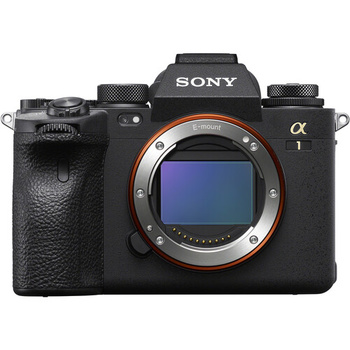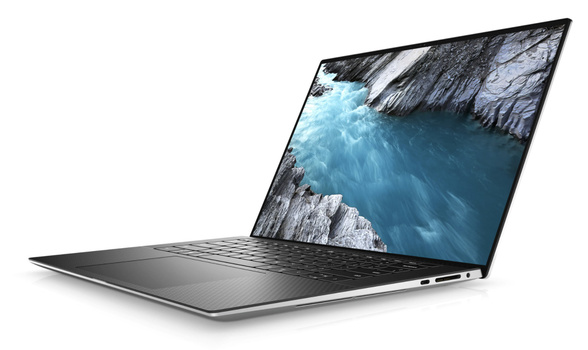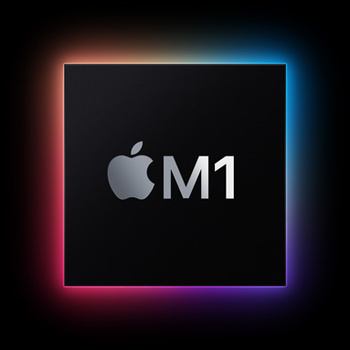This subject comes up all too often, every time a new camera body comes out or when the industry makes a big shift such as film to digital or DSLR to mirrorless. So, what’s the best kit you can buy?
Last month, I was asked by two very different people for some advice on a camera purchase. One friend is a realtor, and the other is a third-year photography student. Obviously, I immediately told them both to buy the Sony a1, as I’ve seen a couple of videos on YouTube that said it was the best camera available. The end.

The realtor wanted a small, light, interchangeable lens camera that any of his staff could use without much training. After discussing the pros and cons of a few models, he purchased the Canon Rebel SL3 with a Sigma 10-20mm f/3.5 lens.
The photography student was upgrading to a new camera from an older Canon pro DSLR. He wanted to shoot more video and have a pro camera body to last into the future. He also wanted some compatibility with his existing lenses. The student ended up purchasing the Canon EOS R5, even though I felt that there’s no compelling reason for the price for most people to buy the R5 over the excellent and significantly cheaper EOS R6, especially considering the new super-resolution feature from Adobe. The important thing is that we discussed their needs, and my friends made informed buying decisions.
Every time the subject of the best kit comes up in photographic circles, we seem to have the same conversation, and we come back to the same two points which most people agree on: the best camera you can buy is the one that best suits your individual needs, and the best camera for the shot is whichever camera is in your hand at the time.
So, what’s the point of this article? I probably haven’t yet given you any new or useful information and you’re on the way to the comments section to ask who the heck I think I am referring to myself as an expert. And there we have the point I hope to make. Why did my friends contact me about their camera purchases? Don’t they have Google? Why not watch some YouTube videos and get the information that way? They contacted me because, in their eyes, I am an expert, specifically, an expert they can trust to guide them in the right direction in their significantly expensive purchase.
Experts
For clarity, I absolutely hate the word “expert” and would rarely use it to describe anyone, let alone myself. In my opinion, being an expert simply means you know more about a given subject than the person you are speaking with. This doesn’t always mean the expert is truly knowledgeable or legitimately helpful on the subject. If I were to discuss the internal combustion engine with a six-year-old, I would absolutely be an expert; if I had the same conversation with a Formula One mechanic, then I would be relatively uninformed.
As photographers, whether professionals or enthusiasts, we will likely be asked for advice on the subject at some point. Based on my recent experience in giving advice and, in a separate incident, receiving advice, I want to share my experience with you so that you can make better-informed purchasing decisions in the future and be better able to help your own friends when they come to you as an expert in the field of photography.
Despite my feelings about experts, I managed to make a mistake recently by listening to experts on the subject of laptops. I have been using a late 2014 Macbook Pro since I bought it new in 2014. That MacBook cost $2,400 and was a great purchase for productivity; it has been reliably used for photo and video editing, and it has performed just as well the day I sold it as the day I bought it. My other computer was a 13” Microsoft Surface Book from 2017, which I kept in my bag as a lightweight everyday laptop.
At the start of the 2020 lockdown, I had the Surface Book in my bag and the MacBook in my office at work connected to a large monitor and backup drives. The Surface Book became my daily work machine through 2020, as we were under strict instructions to stay home. Finances were tight as the year progressed, so I eventually sold my MacBook as I hadn’t touched it for six months, and it was the oldest computer I owned. Then, the Surface Book broke and it was out of warranty.
With a tight budget, I found myself shopping for a laptop that I could use for everyday tasks as well as for photo and video editing. In my mind, anything modern would surely outperform my old MacBook which was over six years old, plus I’d become quite used to Windows, and I was on a budget.
Don’t Believe Everything You See on the Internet
It’s been a while since I’ve been actively interested in computer technology, so I did the same thing most people do: I asked my expert friends and watched a lot of reviews online. My experts were mostly techies or gamers, which means the powerful machines they suggested were also bulky and heavy with fans that sounded like a jet engine taking off, not appropriate for my needs.
That led me to search for creative and productivity laptops, looking online for advice from tech reviewers as experts. The same laptop kept coming up as a recommendation within my budget, the Dell XPS15 9500. This laptop was said to be powerful, quiet, lightweight, have an excellent screen and great battery life. Every big tech reviewer I watched on YouTube was raving about this machine, every popular tech channel I watched was saying this machine was a near-perfect Windows laptop for creative professionals. The model I planned to purchase was close to the top of my budget, but I didn’t mind because this laptop would clearly solve all of my problems. If the reviews were to be believed, then this laptop would significantly improve my life. So, I bought it.

It hadn’t occurred to me that most of the big tech channels have affiliate links to the products they review, and it’s not uncommon for them to receive direct financial incentives for recommending products. On top of potential bias, it makes sense that the review devices would be immaculate and thoroughly tested for any quality control issues before being sent to a reviewer. This isn’t always the case for mass-produced consumer units.
An online search for “XPS 15 9500 Issues” led me to many pages of poor reviews, examples of bad customer service from Dell, specifically in Europe, and numerous unhappy consumers. I later found that reviews from smaller tech channels tend to be a little more realistic. I assume this is because there are no financial incentives for them, just a person reviewing a laptop they bought with their own money. I definitely should have done this before buying.
When my new laptop arrived, I found the performance to be okay. The screen is absolutely stunning and the 16:10 ratio does make a difference over a standard 16:9 screen ratio. However, the speakers were pretty terrible, the webcam was one of the worst I’ve ever seen on a laptop, and the trackpad was soggy at best. For a $1,700 laptop, I was a little disappointed, worse still that the video render times and Lightroom export performance was similar to the MacBook Pro from 2014.
After using the laptop further, I discovered that the thin form factor and quiet fans result in heavy thermal throttling of the Intel processor while under sustained load, such as rendering video. This improves if I place a drinks coaster under the back of the machine when performing processor-intensive tasks — hardly what I’d expect from a brand new $1,700 laptop.
Was It Really That Bad?
I had very high expectations of this laptop that it did not meet. Apparently, the quality control at Dell leaves a lot to be desired. It isn’t a bad machine at all; I just got too excited.
The Dell XPS line all looks very premium; I’d have no issue using it in front of a client. There’s some pre-installed bloatware, but far less than other brands, then there’s the occasional minor driver issue that has always plagued Windows machines but doesn’t significantly impact usability. The bottom line is that this is a tool for work, and it performs the desired tasks adequately, quietly, and as expected at this price point.
What Did I Learn?
I have kept the XPS 15 9500; in fact, I’m typing this article on its rather impressive keyboard. If it weren’t for the amount of video conferencing we’re all doing at present, I probably wouldn’t have even noticed the poor webcam and speaker quality, as these aren’t features I would usually use. Yes, I could have possibly purchased a laptop that performs as well with a similar build quality for the same or maybe even less money, but this laptop is small, light, and, most importantly, it works.
Lesson learned, now I keep up to speed on tech news and reviews so that I don’t make the same mistake again in the future. As photographers and content creators, our computers have become as important as our cameras.
In hindsight, I should have kept the 2014 MacBook Pro; Apple products really are built to last with very few quality control issues. There is a big advantage to having a device and software developed in-house by the same company — it just works.
After staying on top of tech news, I have been very impressed by Apple recently, especially by the new line of Apple M1 processors. It seems that now that Apple is making their own silicon that “Apple Tax” is less of a factor, although optional upgrades are still at the higher end of the market.
When looking at the midrange of the laptop market, from $1,000-1,800 Apple is making better consumer machines at similar or lower prices to Intel-powered models from other major brands. The performance of the new M1-powered machines for photographers and video editors is surprisingly impressive. The fact that the entry-level Macbook Air ($999) runs silently, has a battery that really lasts over 10 hours, and renders 4K video faster than laptops which cost almost twice as much is enough to consider looking into Apple products again. In fact, my next major purchase may very well be the rumored M1X powered 14” Macbook Pro alongside an 11” iPad Pro for portable productivity.

That said, there’s not yet an Apple silicon replacement for powerful desktop editing workstations or gaming rigs. The devices I’m discussing are consumer and productivity laptops between $1,000-2,000. I’m not suggesting anyone replace their $6,000 workstation with a $700 Mac Mini. At present, it seems as though Apple is trying to gain market share by making powerful consumer machines without their signature price tag.
So What Kit Should You Buy?
In short, don’t believe everything you see on the Internet. Work out what you need, ask people with relevant knowledge, and do your own research. Finally, when your friends come and ask you for camera advice, always be sure to discuss their needs before pointing them in the direction of the newest professional camera on the market.
This article is not sponsored by Apple. I have no financial incentive to recommend any specific product.